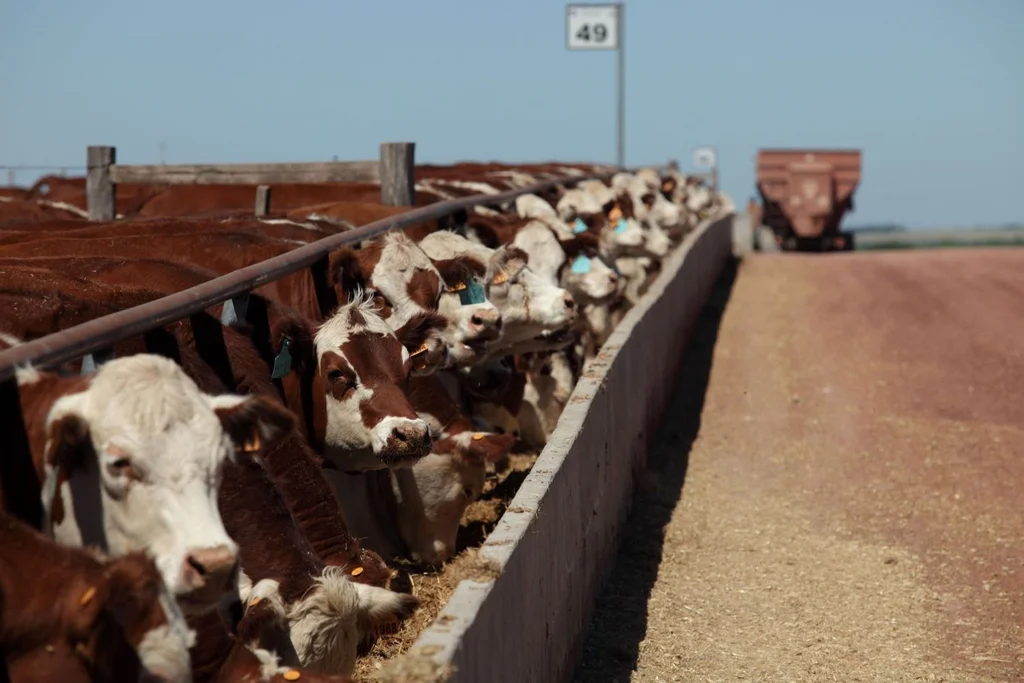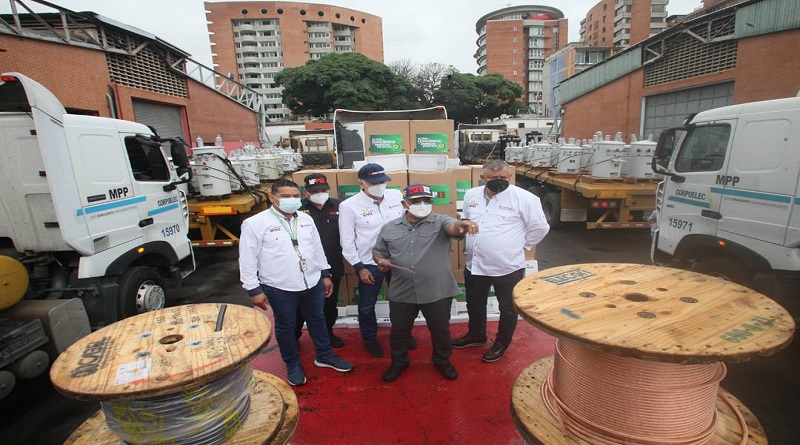There are practically no cattle. Some plants are still standing. Y downside pressure on stocks for fat cattle remainswhich registered some additional adjustment this week.
Several refrigerators offer US $ 5 per kilo on fourth scale for grass steers. Some go up to US$5.10. The cattle for which better prices can be achieved – steers with better finishing, quality, well complete – do not appear. There was a strong contraction in supply with the drop in prices, the last rains gave producers room to “hold” their cattle. The fat cow trades on the axis of US$4.80.
Those who are willing to sell find fast charges, from one week to the next.
Price adaptation has occurred at the regional level, with a steer that has dropped to US$3.84 per kilo in São Paulo and to US$4.52 in Argentina. In this logic of adjustments, the Uruguayan continues to rise and resist above US$5.
The volume of activity is decisive. Last week the slaughter fell for the first time in the year below 30,000 heads. It was specifically 29,829 animals, with several plants without slaughter, less activity due to unemployment and a reduced offer.
It is not clear how the market will move in the next two weeksprior to the start of a new window for the slaughter of farmyard cattle for quota 481.
The news of the week was the progress in the negotiations for a free trade agreement with China, which generates optimism for the meat sector.
“It gives us great predictability going forward in terms of the level of production,” Juan Bocking, of Bocking Rural Businesses, told Tiempo de Cambio radio Rural.
The second semester begins with a correction in the international market. In China, fears are growing about a possible new lockdown in Shanghai, with massive tests due to the increase in cases of a new Omicron variant.
Price adjustments for beef are a reality, with sustained demand, but with downward pressure. There is strong competition from Brazil, Europe is weak and the United States has little activity.
Nevertheless the weekly export price data continues to show firmness and resists above US$ 5,000 per ton. The average for the last week was US$5,534, one of the highest ever recorded, according to preliminary data from the National Meat Institute (INAC). Long-term expectations in the world market for beef are strong.
This week an important development emerged from South Korea. The government of that country announced the temporary exemption from import tariffs on products such as beef to moderate the rise in domestic prices. At least until the last quarter of this year, the import tariff will be eliminated for around 100,000 tons of beef. Uruguay enters with a 40% tariff in that country.
In the replacement market there is caution in demand and downward adjustments in prices. Most of the categories showed corrections in their averages in the grid of the Association of Livestock Shippers (ACG).
EO
In lanares there was a slight adjustment of values in a scenario of low supply. Lamb remains on the axis at US$4.54 per kilo, capons at US$4.18, lamb at US$4.60 and ewes at US$4.10.
Sheep slaughter fell sharply in the last week, below 10,000 animals for the first time so far this year. There were 9,561 heads: 44% corresponded to lambs, 30% sheep and a high component of capons, 20%.
The export value for sheep meat fell almost US$ 850 in the last week, to US$ 4,861 per ton. So far this year, the average stands at US$5,216, an increase of 7.5% compared to the same period in 2021.

Cattle slaughter continues at very low levels in relation to what happened for several months until the arrival of winter.


















